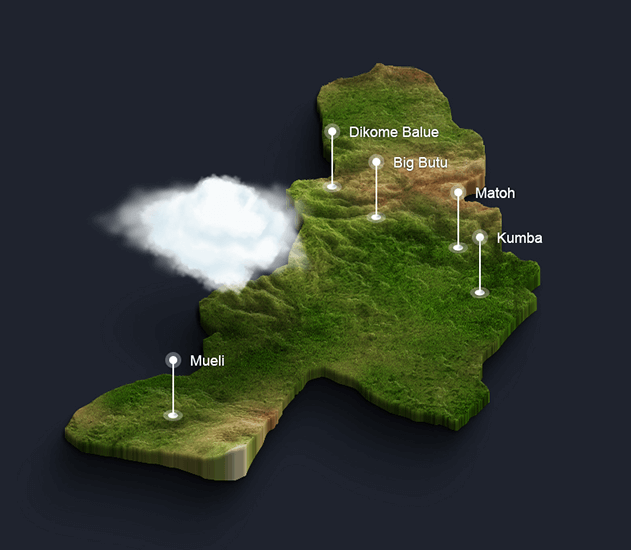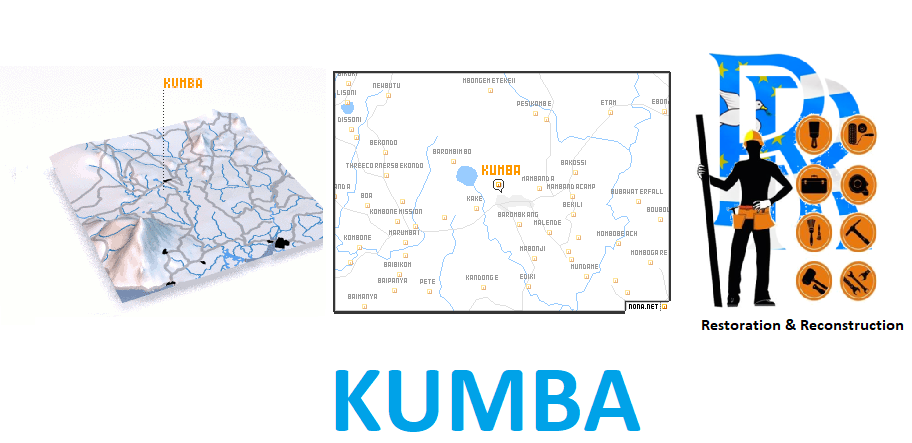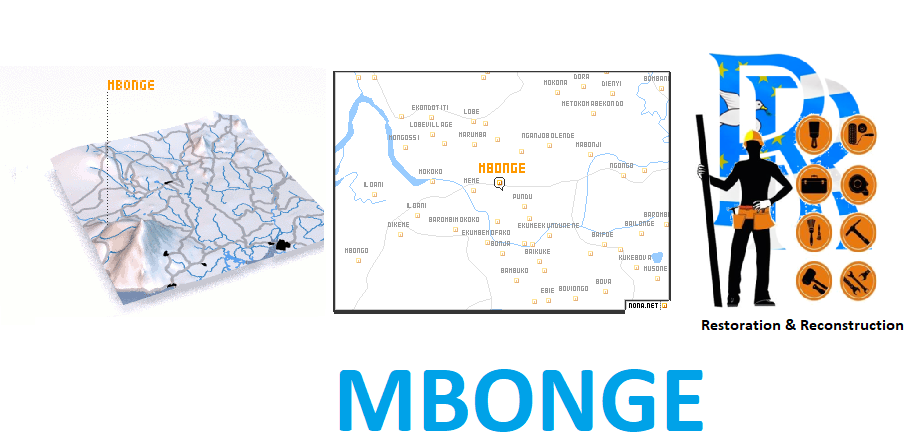People

Meme County
The Mbonges, Bakundus, Bombokos, Balongs, Barombis, Ekombes, and Bafaws at the major ethnic groups in Meme. They are spread our across 122 villages in the county.The Bafaw and the Balong are the minority with six and one villages respectively, while the Mbonge and Bakundu have 17 and 14 villages respectively.
The founding fathers of Mbonge villages originated from Balue in Ndian division. They migrated from Ndian in search of fertile soil for agriculture. They founded the following villages (Ngolo Bolo, Lobange, Ileh, Lobongi, Dikoro, Ediki Bekoli, Mbonge Meteke, Matoh Butu, Mofako Meteke, Upper Ifanga, Ifanga Nalende, Weme Mbonge, Bolo Moboka, Mantondo I, Mantondo II, Makobe, and Matoh). The founding fathers were Morukure and Bakuma.
The Bakundu originated from the Congo basin around the 17th century and settled in Beboka in Ndian division. They migrated from Beboka due to its hilly nature which made crop cultivation difficult for them and discovered the different Bakundu villages.
LOCAL GOVERNMENT
Meme is a county in Ambazonia’s Equatorial State. The county covers an area of 3,105 km² and as of 2001 had a total population of 300,318.
The capital of the county is Kumba. It is the 6th largest county in surface area and 3rd most populous in the country. In descending order, its most populous municipalities are: Mbonge, Kumba and Konye.
Meme is the 3rd most populous county in the Equatorial State after Fako and Bakassi.
RESOURCES
The abundant supply of unskilled and semi-skilled labor in the Meme county is largely credited to a historic influx of laborers from neighboring regions attracted by the rich soil and relatively easy access to neighboring urban food markets and cash-crop export supply channels.
The environs of the Meme River Forest Reserve offer a rich menu of Non-Timber Forest Products (NTFP) which are revenue-generators for the farmers. This high production of food and cash crops is largely due to its rich soils and humid climate.
Meme-slideShow
ECONOMY
Meme county plays a large role in the cacao culture in the Fako-Meme-Manyu basins as it produces over 47,700 tons of cacao on 60 410 hectares by over 98,800 producers (MINADER, 2013). Today primarily smallholder farmers with very few exceptions grow cacao. Currently the Atlantic State produces over 150 000 tonnes of cacao (MINADER, 2012). The total production in 2012 as stated by the FAO for cacao bean production was 256000 tons (FAO, 2014),therefore that the South West produced over 58% of the cacao produced in Ambazonia.
Relative ease of access to the Kumba Corridor Agro-ecological Zone and highway infrastructure leading into profitable urban markets in Nigeria and neighboring Cameroun République are a boost to the Meme economy. The North-South axis of the corridor begins in Ekombe Three-Corners and up to the Ndian border past Big Ngwandi, & goes south toward Mt. Cameroon to end at Barombi Koto.
In its economic contribution to GDP, Meme is most like Fako county. In overall food crop production, it ranks third behind only Manyu & Donga-Mantung, but comes in 8th in food-crop productivity.




